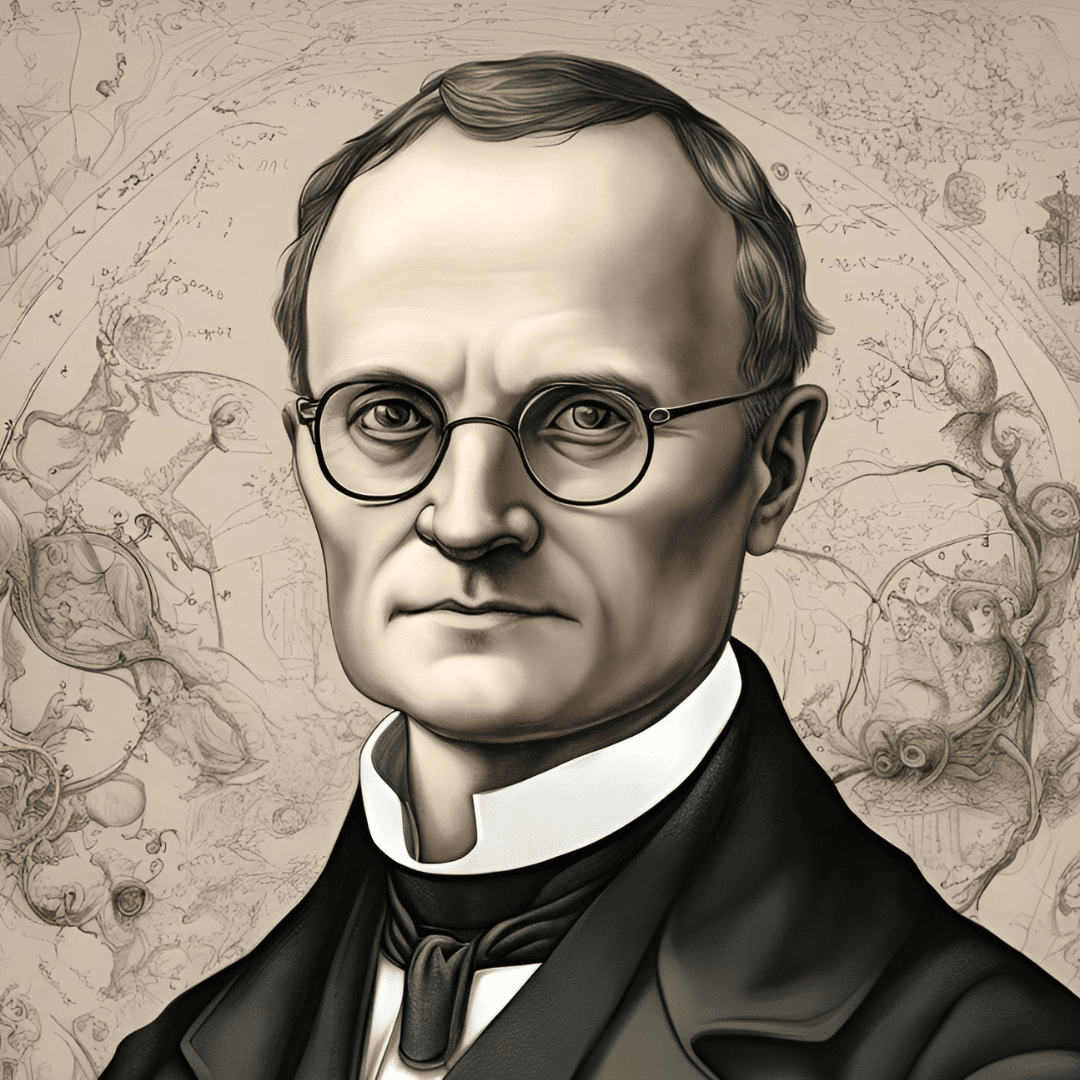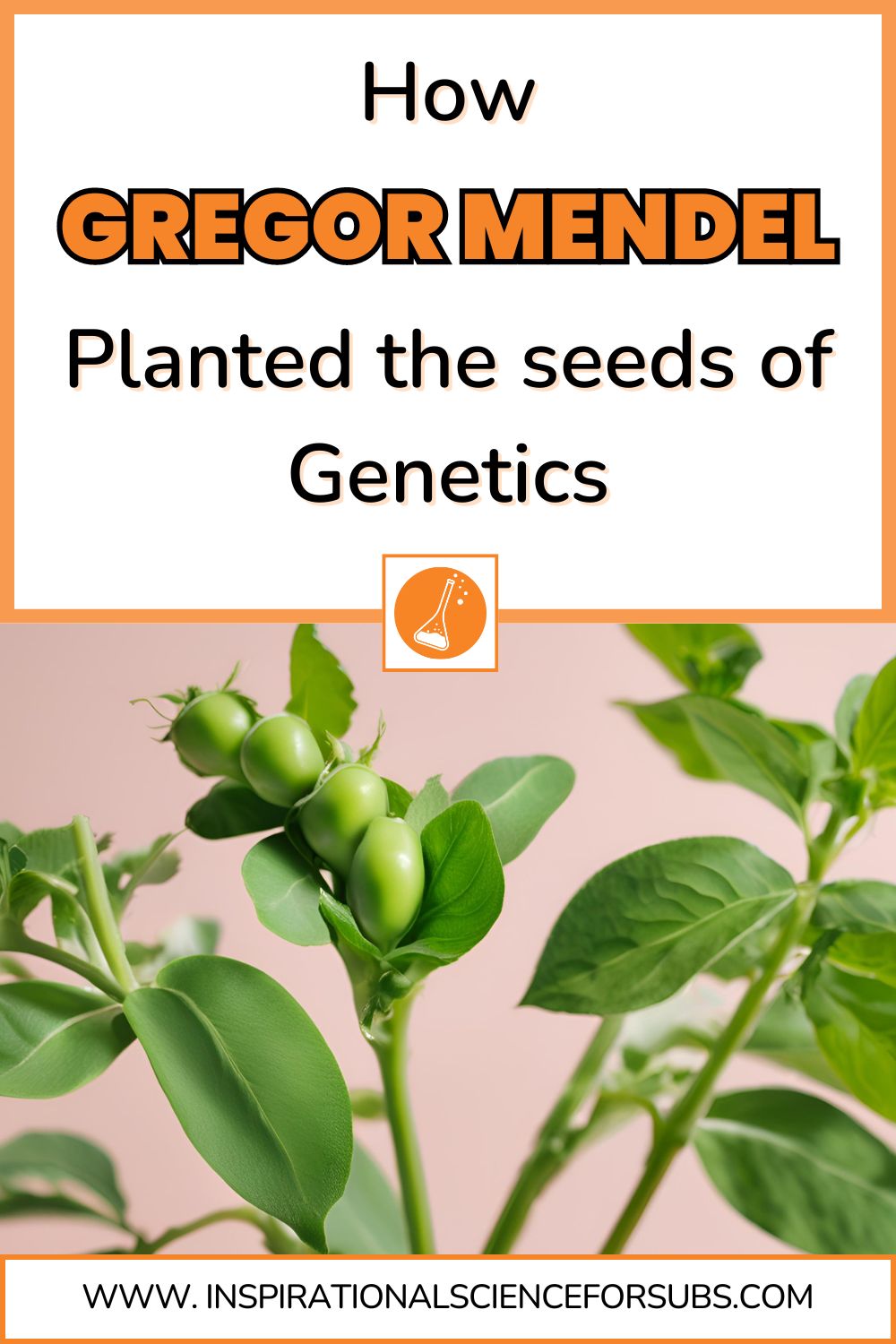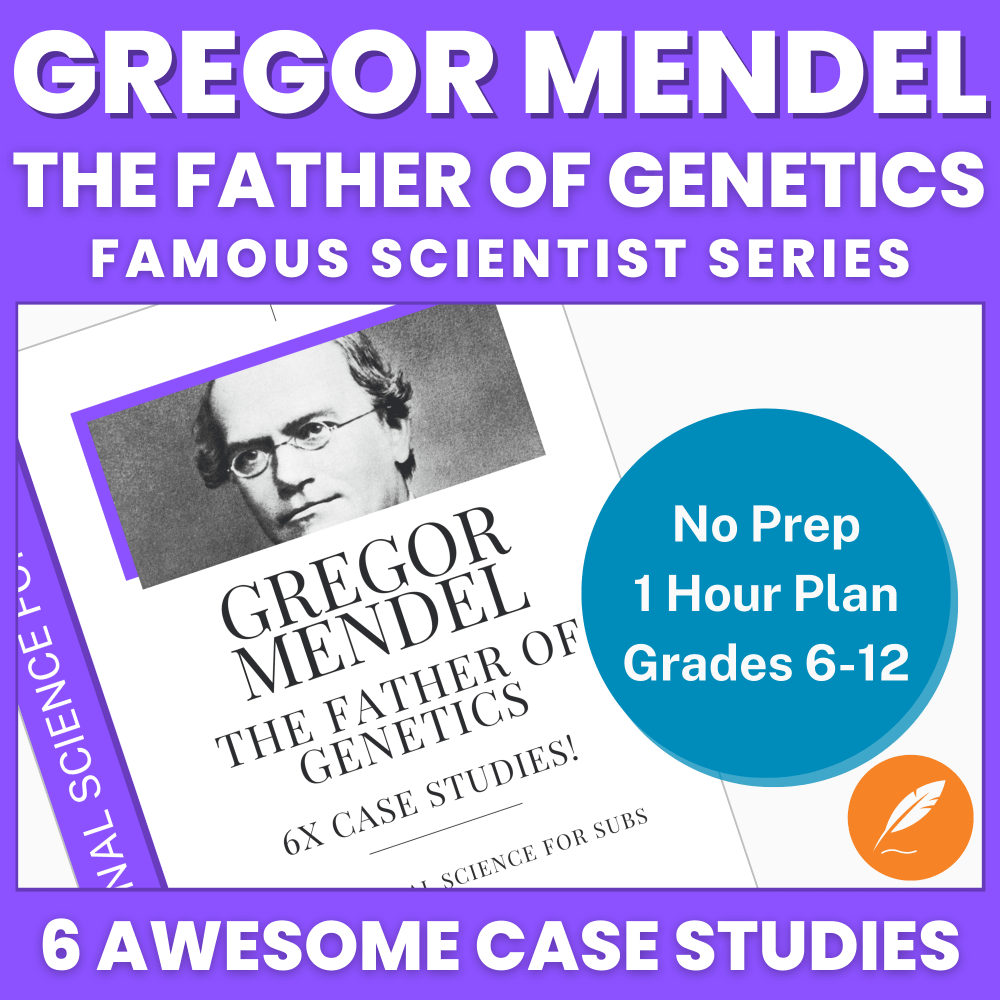Ever wondered how we got from pea plants to DNA? It's a tale that'll make you look at your garden in a whole new light! Picture this: a monk pottering about in his monastery garden, not realising he's about to stumble upon the secret code of life. That's right, we're talking about Gregor Mendel, the unassuming father of genetics. His pea plant experiments might seem simple, but they laid the groundwork for understanding inheritance and genetic traits. So, grab a cuppa and let's dig into the fascinating world of Mendel's garden. You might just find yourself itching to start your own genetic experiments by the end of this...
More...
Gregor Mendel: The Man Behind the Science
Who was this garden-loving monk who changed biology forever? Born in 1822 in what's now the Czech Republic, Gregor Mendel wasn't your typical scientist. In fact, he never even studied biology at university! Instead, he was a physics buff who became an Augustinian friar.
From Humble Beginnings to Scientific Stardom
But don't let that fool you - Mendel had a knack for observation and a passion for plants that would make any botanist green with envy. He was curious, patient, and meticulous - qualities that would serve him well in his groundbreaking experiments.
Mendel's journey from farm boy to father of genetics is a testament to the power of curiosity. He might not have known it at the time, but his childhood on the family farm, surrounded by crops and animals, was the perfect training ground for his future work.
Check out our Gregor Mendel lesson plan on TPT - complete with Reading Comprehension, a WebQuest, Case Studies and Debate Topics!
The Setting: Mendel's Garden
Picture this: a peaceful monastery garden in Brno, Moravia. It's here, among the buzzing bees and blooming flowers, that Mendel would conduct his revolutionary experiments. But this wasn't just any old garden - it was a living laboratory.
A Living Laboratory
Mendel's garden was more than just pretty flowers and tasty veggies. It was a carefully controlled environment where he could observe and record the inheritance of traits in pea plants. With meticulous care, he planted, pollinated, and puzzled over thousands of pea plants, all in the name of science.
Check out our Gregor Mendel Word Search on TPT - complete with a WebQuest and Discussion Questions - perfect Bell Ringer tasks!
Mendel's Experiments
Now, let's get down to the nitty-gritty of Mendel's work. His experiments with pea plants might seem simple, but they were anything but! Mendel chose peas for a reason - they were easy to grow, had distinct characteristics, and reproduced quickly.
The Pea-fect Subject
Mendel focused on seven traits in peas, including seed shape, flower colour, and plant height. By carefully controlling which plants bred with which, he was able to track how these traits were passed down through generations.
Crunching the Numbers
Here's where Mendel's maths skills came in handy. He didn't just observe - he counted. Lots of counting. By keeping detailed records and analysing the ratios of different traits, Mendel uncovered patterns that would form the basis of genetic theory.
Famous Scientists: Trailblazers in History
No Prep Lesson Plan
Unleash the inner scientist in your students! This bundle ignites curiosity with five lesson plans on some of history's brightest minds.
Includes Gregor Mendel!
The Impact of Mendel's Findings
Mendel's pea plant experiments were more than just garden variety research - they were revolutionary! His findings shook the scientific world to its roots, even if it took a while for everyone to catch on.
The Laws of Inheritance
Mendel's work led to the formulation of three key principles:
1. The Law of Segregation
2. The Law of Independent Assortment
3. The Law of Dominance
These laws explained how traits are passed from parents to offspring, and why some traits seem to skip generations. It was like Mendel had cracked nature's secret code!
Check out our Gregor Mendel lesson plan on TPT - complete with 6 stunning Case Studies for your Science Ninjas to complete!
The Birth of Modern Genetics
Ironically, Mendel's groundbreaking work was largely ignored during his lifetime. It wasn't until the early 1900s that his ideas were rediscovered and their true importance understood.
From Peas to DNA
Once scientists cottoned on to Mendel's ideas, genetics as a field exploded. His work laid the foundation for understanding DNA, genetic disorders, and even how to breed better crops. Talk about planting the seeds of progress!

Legacy and Lasting Influence
Mendel's influence stretches far beyond the monastery garden. His work touches our lives in ways he could never have imagined.
From Farm to Pharma
Today, Mendel's principles are used in everything from developing new medicines to breeding hardier crops. Genetic counselling helps families understand inherited conditions, while forensic genetics solves crimes. And let's not forget about those DNA ancestry tests that might tell you you're 2% Viking!
Inspiring Future Scientists
Mendel's story is a brilliant example of how curiosity and careful observation can lead to world-changing discoveries. It's a reminder that sometimes, the biggest scientific breakthroughs come from the most unexpected places - even a humble garden.
How did Gregor #Mendel’s garden experiments shape the future of #genetics? Find out how his work revolutionised the study of #heredity! #ScienceHistory #ScienceTeachers #TeachingScience @inspirationalscienceforsubs
Mendel and the Birth of Genetics - Summary
From a humble monastery garden to the foundations of modern genetics, Gregor Mendel's journey is a testament to the power of curiosity and careful observation. His pea plant experiments unveiled the basic principles of inheritance, setting the stage for a genetic revolution. Though initially overlooked, Mendel's work eventually blossomed into the field of genetics, influencing everything from medicine to agriculture. His legacy reminds us that groundbreaking discoveries can sprout from the most unexpected places. So, next time you're munching on some peas, spare a thought for the monk who used them to unlock the secrets of heredity!

Enjoyed the article?



